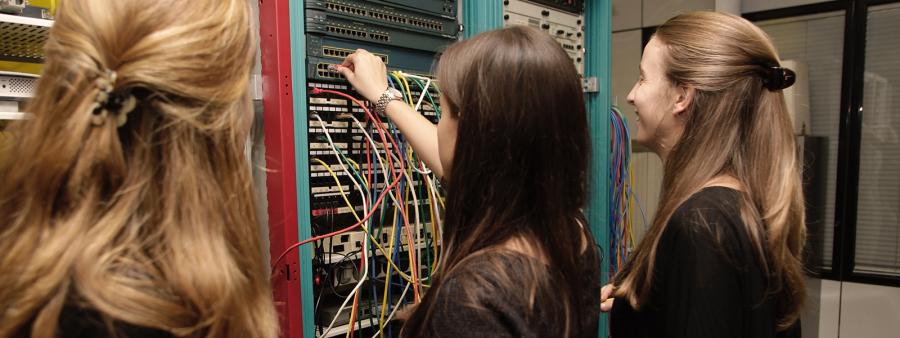QoS in a Datacenter

In today's post we're going to talk about QoS and how it is applied to a data center. Applying QoS to a data center environment is a really good practice in a lot of senses. It can enable the datacenter to implement a whole lot of traffic control and prioritization mechanisms to accomplish a wide number of quality and reliability goals. Although it can give a lot of benefits a complexQoS setup is not in many occasions the best solution. In many situations, a high network bandwidth will do more for the system's performance than a QoS setup. To set an example, in order for a realtime application to get an additional millisecond of latency with 10 Gbps speeds you need 1MB of packets sitting in the output queue. Hence, at higher network speeds more difficult it is for a 1ms of latency to be added to any latency sensitive traffic. One of the most applied use cases for data center QoS is actually a congestion detection mechanism which can be enabled with a minimal configuration. Congestion detection mechanism and most of all ECN Marking. The las tone allows to detect congestion and reduce transmission rate before packets get dropped by the network. There might be cases we're is required to apply QoS mechanism to decrease the latency of a certain application. Those cases would have to be bandwidth intensive traffics which are very sensitive to network latency as it could be the traffic generated by a stock trade application. In those cases, if it is required to implement queueing to reduce the impact of elephant flows it is important to keep the network configuration as clean as possible. Police ingress traffic would queue packets based on DSCP or 802.11p markings. Application aware processing which is appearing a lot in recent software for network devices would be best implemented on hypervisors or end hosts not in the ToR switch. In this link you can find an introduction guide given by cisco which explains QoS techniques in an enterprise environment.